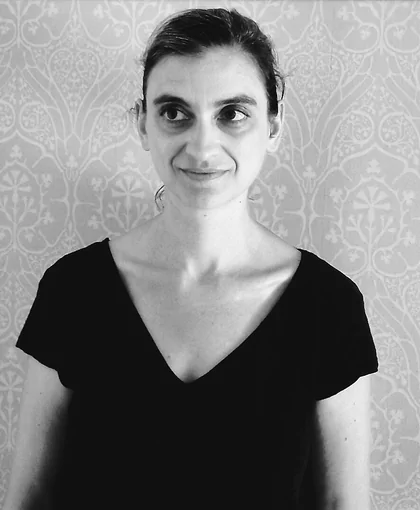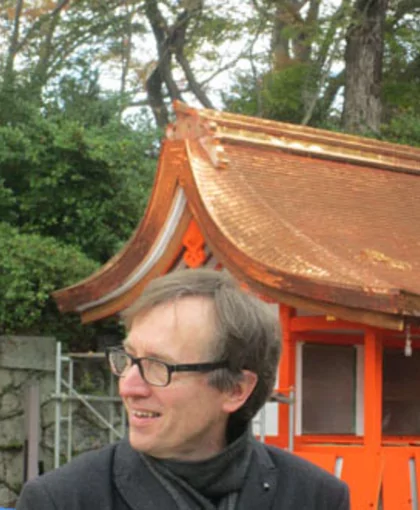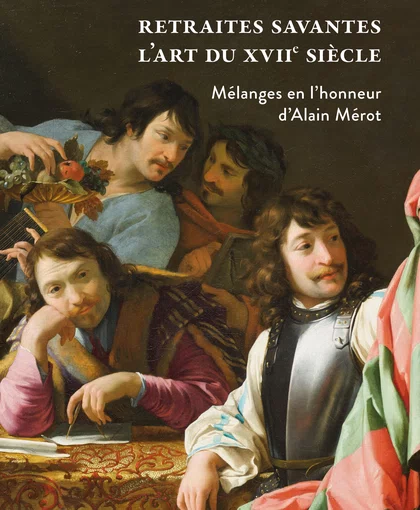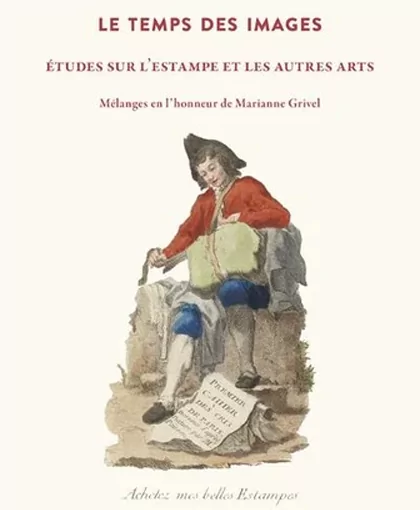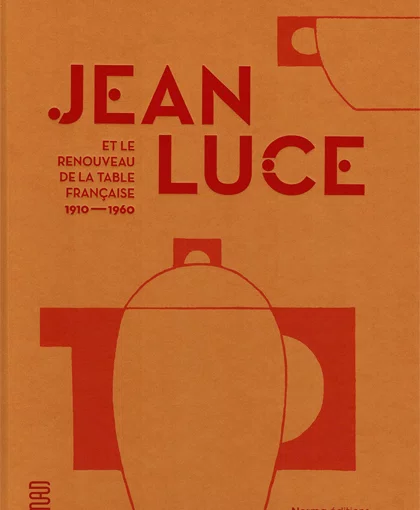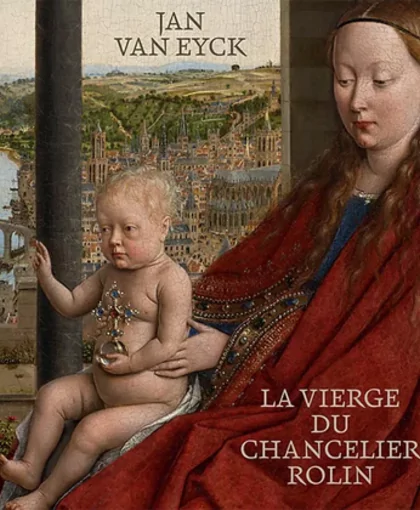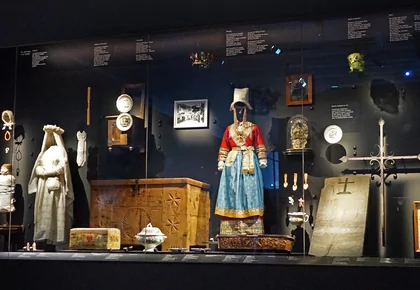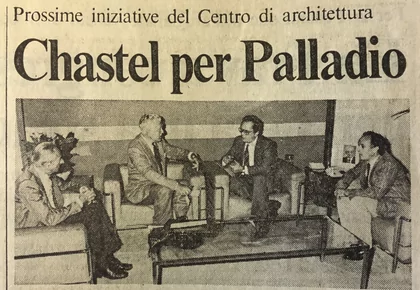The theme entitled "Actors, institutions, networks" explores questions related to "the artist", considered as the pivot of social and cultural studies of art. It is questioning the individual action within artistic networks and evaluating the meaning of the creative intention in a society whose structure and borders will have been reassessed. These studies focus on the expectations of the "prince" or of a "clientele"; they attempt to identify them at the same time as the individual and collective reactions to the image, allowing to qualify the monolithic visions of the relationship between the artist and his sponsor or between the artist and society.
The researchers federated in this theme have chosen to orient their investigations in three main directions, which make it possible to appreciate the cultural, economic and social impact on the evolution of forms.
A first orientation, devoted to "Artistic networks and social mutations", attempts to explore all perspectives opened up by the notion of "network" in Art history, in order to better understand the dialectic between collective dynamics and personal destinies. These questions are addressed from concrete sites, in clearly defined areas: family and economic networks or networks linked to particular techniques and artistic practices, going far beyond the definition of a geographical "community" or that of the endogamy. It is thus a way of understanding the multiple socio-cultural interconnections from which art is created, without confining oneself to the study of dynasties of artists. Multipolar, dense and often changing, these networks sometimes offer themselves as resources or, on the contrary, as constraints for the creator (or for small groups of creators). Their study borrows the methods of social anthropology. This research perspective focuses on the instances that form the particular relational fabric of creators. It is reassessing the notion of "network" and understanding, wether this notion is operative to explain material conditions of creation.
This broad perspective is narrowed under a second direction, which takes into account "Institutions: political and public frameworks of artistic activity". This program relates to the study of institutions (academies, salons, curial institutions, etc.) and the relationships the artist maintains with them, from the medieval period to the contemporary period. Particularly considered are cultural institutions that govern artistic practices and are at the origin of the social promotion of creators.
Individual logics are examined in relation to structural logics that amplify or thwart them. In this framework, gender studies have a privileged place, in a broad perspective: questioning the cultural reality of gender in art; place of gender in the creation, in the exhibition and in writing of the social, economic and cultural Art history. The social horizon of research on the theme is doubled by a political horizon, which can explain the resources of artistic creation or the obstacles that constrain it.
Finally, a third orientation revolves around "Social representations and culture of actors". The culture of creators, essential element in the constitution of artistic identity, is here studied in close correlation with the culture of patrons and that of spectators. Mental equipment of these social groups make it possible not only to appreciate the material form of the work, but also its function and symbolic charge in a given society. The studies thus focus on the genesis of the commission and the moment of creation, but they also question the reception of the work over the long term, without forgetting the episodes of vandalism, destruction and rejection of images, in a more anthropological perspective. Mental representations of different actors, their behavior in the social sphere and the symbolic devices that may outcome in art are particularly taken into account.
Although some projects relate to artists or artistic circles concerning France, the team aims to carry out comparative and global surveys able to help understanding the French situation in relation to artistic centres in other European and extra-European countries.


